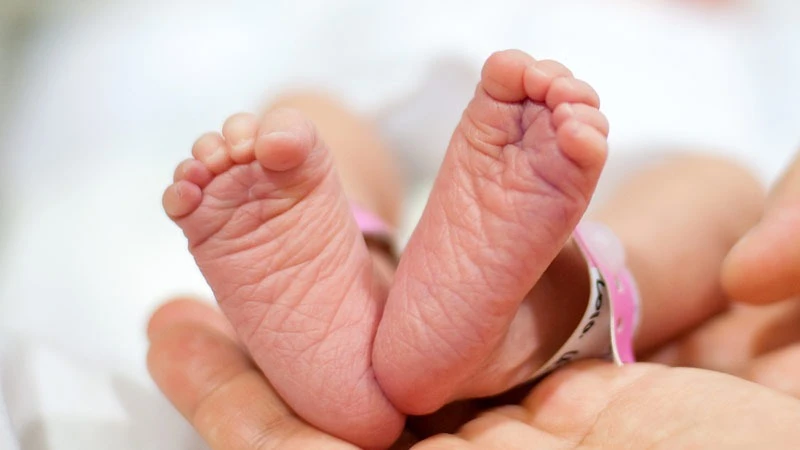It’s inspiring seeing maternal, neonatal death rates declining

THOSE with recollections will remember the agony besetting activists and how broadly public authorities kept agonizing over the high levels of deaths of mothers and newborns for most of the past three decades.
A new tendency has been noticed at least for the past five years or less, with officials saying that the number of women delivering in health facilities has increased and hence the drop in the frequency of maternal and neonatal deaths registered.
The key seems to lie in the spate of health sector facilities added since the late year 2021’s Covid-19 recovery credit funds.
This factor is not hard to appreciate for it is recent and the decline in maternal and newborn deaths is largely recent as well, even though the credits from the International Monetary Fund need to be set against a rising development budget from the 2016 restructuring of expenditure.
When recurrent expenditure in the total budget fell from 74 per cent to 61 per cent, and development expenditure rose from 26 per cent to 39 per cent within six months of the start of a new phase of government in 2015, the health sector gained plenty at the particular time.
That may have been lost in part owing to inability for most people to appreciate developments when they happened.
We also need to know the part democracy played in the imbalance between recurrent and development expenditure, and indeed if we are taking the highway to the same situation.
Efforts made by the government and various other stakeholders to improve health sector infrastructure, equipment and services had its cost in taming contrasting demands that may seem less important but are made by powerful sections of society.
That is why when top medical authorities attended a recent stakeholders’ meeting called to discuss initiatives to further improve access to quality health services it was a truly important event. Even if improvements aren’t made fast enough, the mere fact of avoiding decline matters.
Currently, 81 per cent of women deliver in health facilities, which a number of participants said relates to a change in people’s mindsets triggered by major investment in the health sector.
That was somewhat baffling as health sector investments help expedite access to dispensaries and health centres.
This implies having mindsets related to distance from health facilities, even if not frankly presumed resistance of hesitation to use such facilities.
Yet the progress made is not conclusive, and negative tendencies have a way of resurfacing after lots of effort to combat them.
It pays to appreciate this as maternal deaths have reportedly decreased by over 70 per cent in Shinyanga, Mwanza, Geita, Tabora and Manyara regions where an innovative method known has been put to use.
This relates to innovative clinical and training tools for better maternal labour care, newborn resuscitations integrated with new strategies for quality improvement to reduce newborn deaths, stillbirths and maternal deaths.
From 14 hospitals in 2018 that had newborn wards to 241 today, plenty has been done even as nursing has to improve further for even better performance.
Top Headlines
© 2025 IPPMEDIA.COM. ALL RIGHTS RESERVED

















